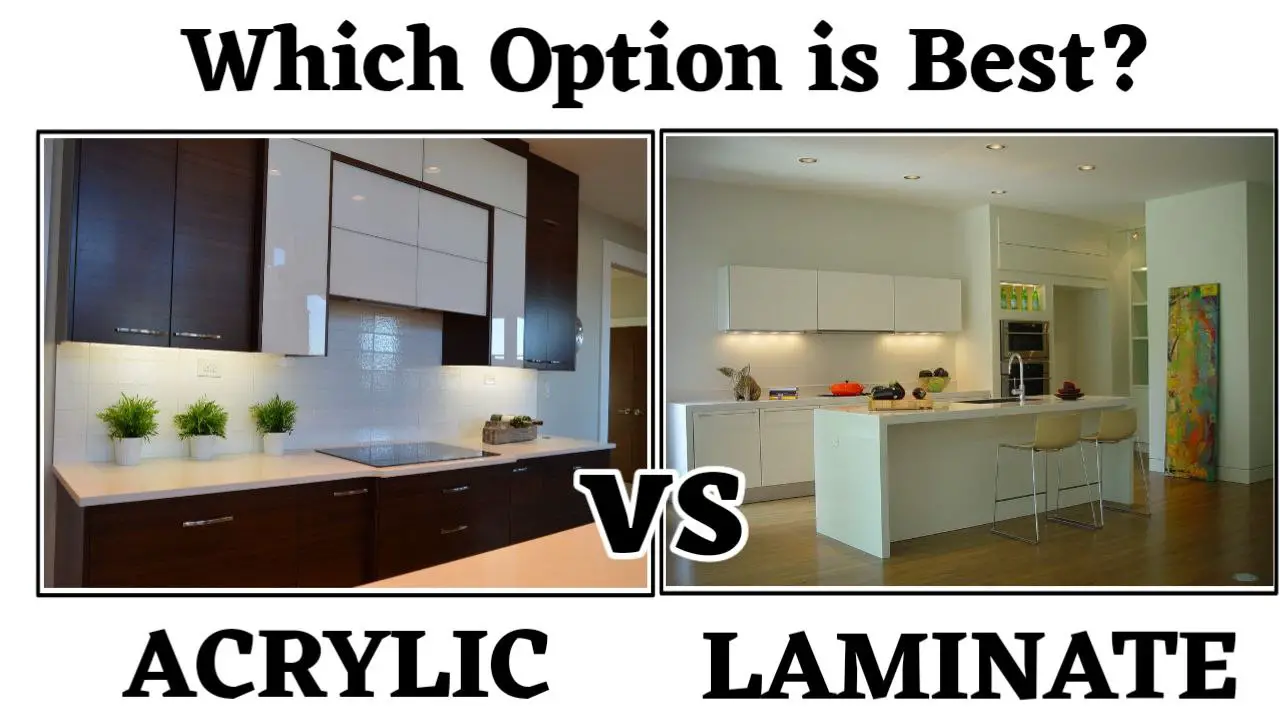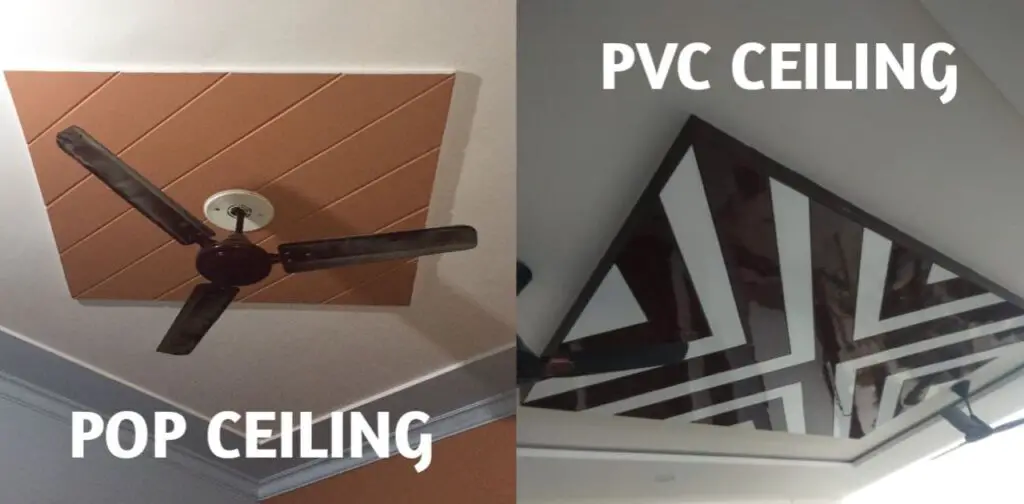When it comes to choosing between acrylic finish and laminate finish for your Indian interiors, it’s important to consider several factors to make an informed decision. Both acrylic and laminate finishes have their unique features, which make them suitable for different requirements and budgets. In this article, we’ll compare and analyze the merits of each finish based on looks, durability, maintenance, and cost, to help you make the best choice for your project.
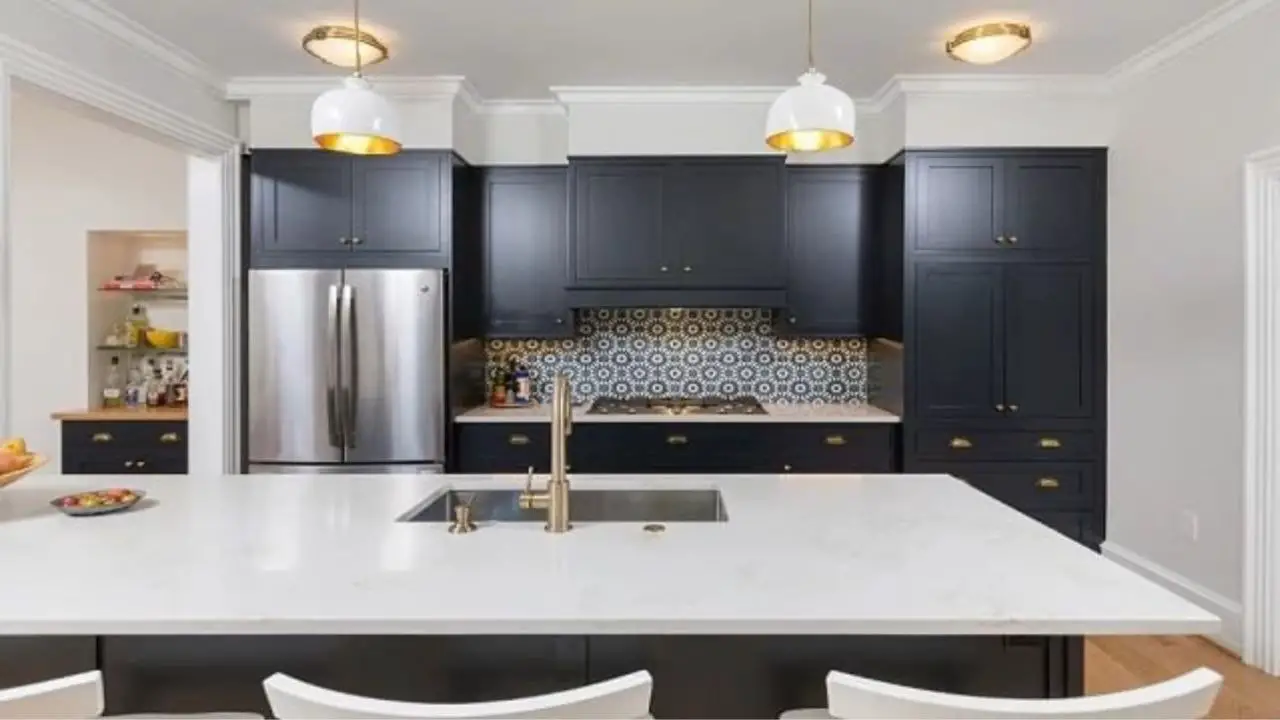

Key Takeaways:
- Acrylic finishes provide a glossy and glass-like appearance, high durability, and repairability.
- Laminate finishes offer extensive design options, good durability, and cost-effectiveness.
- Consider the priorities of looks, durability, maintenance requirements, and budget while making a choice.
- Acrylic finishes are moisture-resistant, making them ideal for kitchens and bathrooms.
- Laminate finishes are relatively low maintenance, but proper care is necessary to prevent damage.
Understanding Acrylic Finish
Acrylic finishes are a popular choice for achieving a smooth and glossy look in Indian interiors. This surface treatment is commonly used on furniture, cabinets, and countertops.
The material used for acrylic finish is polymethyl methacrylate (PMMA), a type of plastic known for its high clarity and ability to mimic glass-like characteristics. Acrylic finishes enhance the overall aesthetic appeal of a space with their sleek appearance and smooth finish.
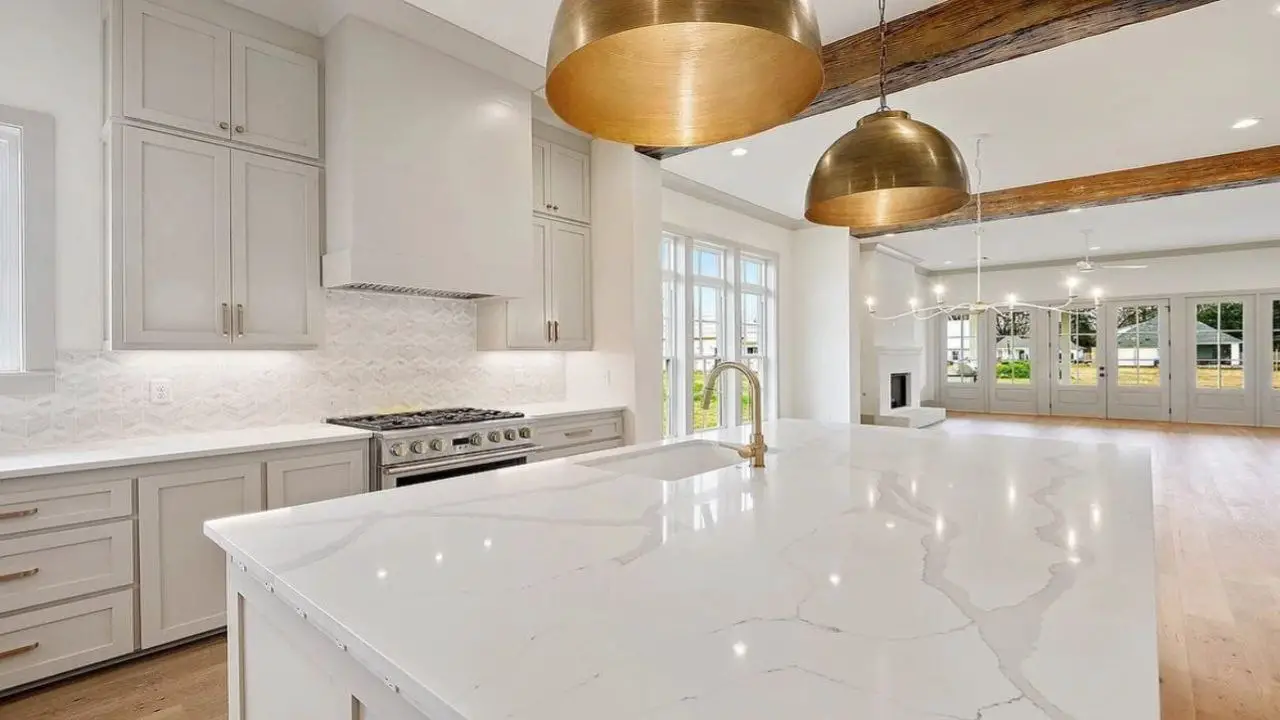

Materials
The primary material used for acrylic finishes is PMMA. The material is a form of plastic that is lightweight and provides a clear and glossy surface when applied.
Looks and Aesthetics
Acrylic finishes are known for their glass-like appearance and smooth finish. They provide a sleek and modern look to any interior space. With the ability to customize the color, acrylic finishes can be tailored to a specific design scheme to achieve the desired aesthetic.
Exploring Laminate Finish
When it comes to surface finishes, laminate finish is a popular choice for Indian interiors. This type of finish involves layering thin sheets of decorative material onto a substrate. The decorative layers can mimic the appearance of various materials such as wood, stone, or metal, providing a versatile option for design.
Laminate finishes are available in a wide range of colors and patterns to suit different styles and preferences. Due to its durability and flexibility, laminate is a cost-effective alternative to natural materials such as wood or stone.
With this finish, you can easily achieve the look and feel of natural materials, without the high costs and maintenance requirements. Additionally, laminate finishes can easily replicate the aesthetics of different styles such as vintage, contemporary, or traditional to match the overall design scheme of your interiors.
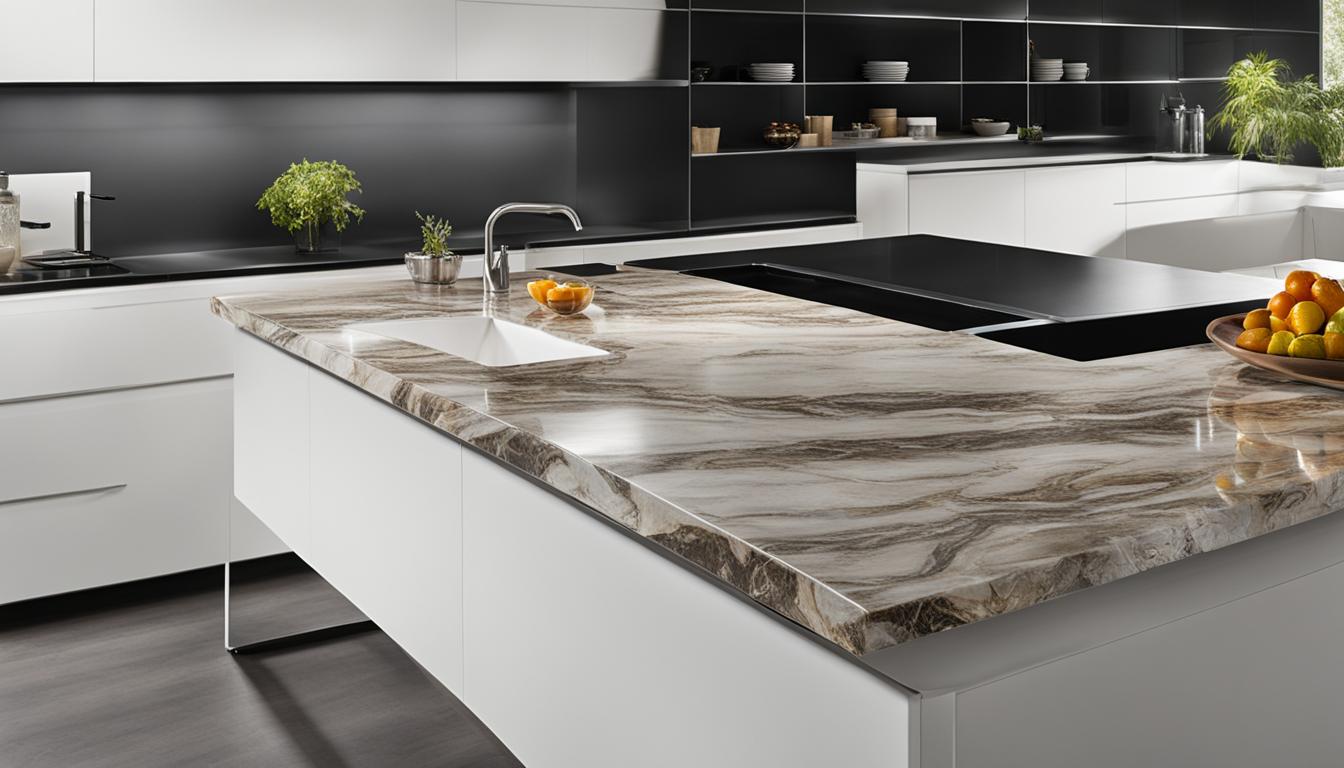

Materials Used for Laminate Finishes
Laminate finishes are made using a variety of materials. The most commonly used materials are:
- High-Pressure Laminate (HPL)
- Low-Pressure Laminate (LPL)
HPL is made by pressing several layers of kraft paper impregnated with phenolic resin at high pressure and temperature. This process produces a strong and durable finish, resistant to impact and scratches.
LPL, on the other hand, is made by bonding a decorative paper layer to a substrate using heat and pressure. LPL is more commonly used for decorative purposes, such as wall panels or furniture surfaces.
Durability of Acrylic Finish
Acrylic finishes are known for their exceptional durability, making them a popular choice for high-traffic areas and spaces prone to frequent use. They are highly scratch-resistant and can withstand daily wear and tear without showing signs of damage. If you have kids or pets in your home, acrylic finishes are a wise choice since they can resist scratches caused by pet claws or accidental bumps from toys.
Acrylic finishes are also moisture-resistant, which makes them suitable for use in environments such as kitchens and bathrooms, where exposure to water and humidity is common. This moisture resistance prevents warping and swelling, ensuring that acrylic finishes remain intact and in good shape for a long time.


Durability of Laminate Finish
Laminate finishes are known for their durability and ability to withstand everyday wear and tear. Although not as scratch-resistant as acrylic finishes, laminate finishes are still able to resist scratches and impact damage, making them a suitable choice for high-traffic areas.
Laminate finishes are also moisture-resistant, which makes them perfect for spaces that experience high levels of humidity such as bathrooms and kitchens. However, it is essential to ensure that the edges and joints are well-sealed to prevent water damage.
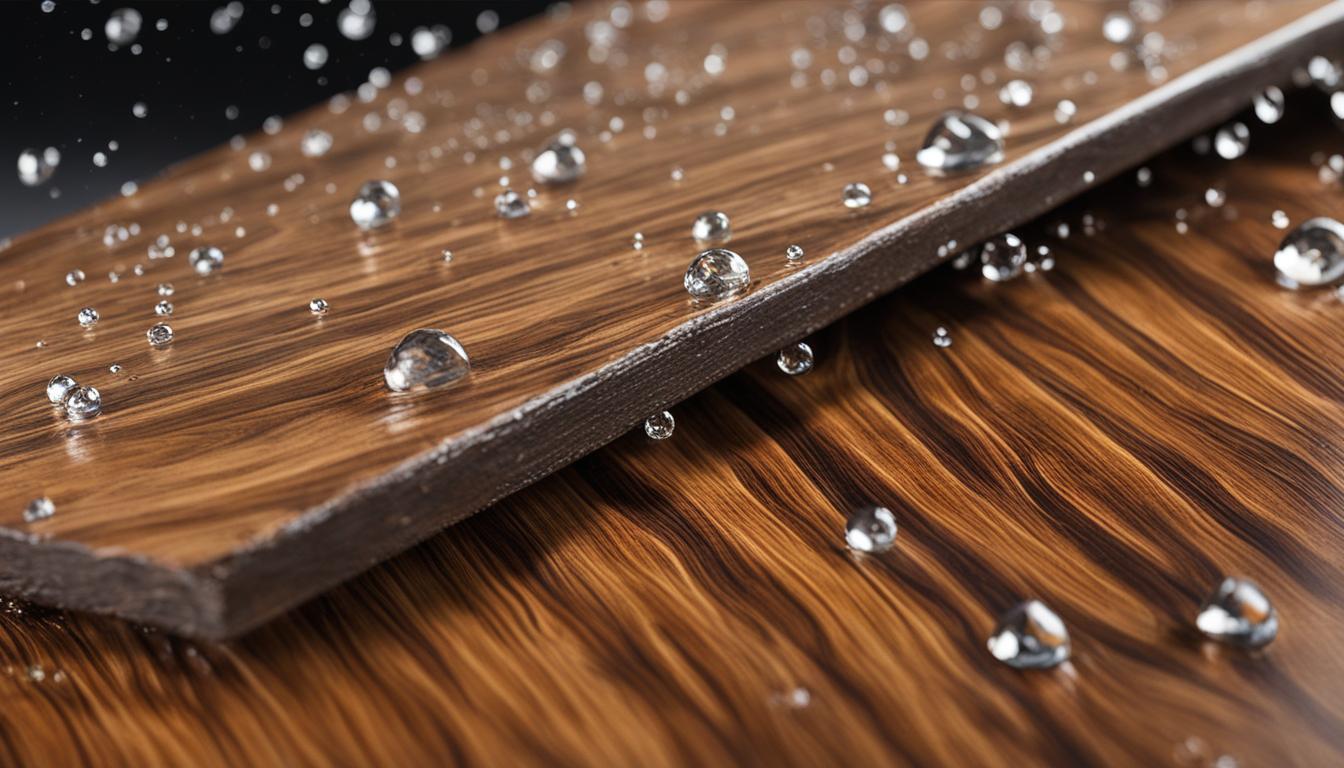

Scratch Resistance Comparison
| Laminate Finish | Acrylic Finish | |
|---|---|---|
| Scratch Resistance | Good | Excellent |
| Ability to Withstand Everyday Wear and Tear | Strong | Strong |
| Moisture Resistance | Moisture-resistant with proper sealing | Moisture-resistant |
As shown in the table above, while laminate finishes offer good scratch resistance and durability, they are not as resistant to scratches as acrylic finishes. However, they can still withstand everyday wear and tear and are moisture-resistant, making them a practical choice for spaces that require regular cleaning.
Repairability of Acrylic Finish
Acrylic finishes are known for their high durability and repairability. If you happen to scratch or damage your acrylic finish, don’t worry! It can be easily fixed by sanding and polishing the affected area. This makes acrylic finishes a practical choice for long-term use, as they can be restored to their original condition without much hassle.
If you’re concerned about repair costs, acrylic finishes can save you money in the long run by being easily restored instead of having to replace the entire surface.
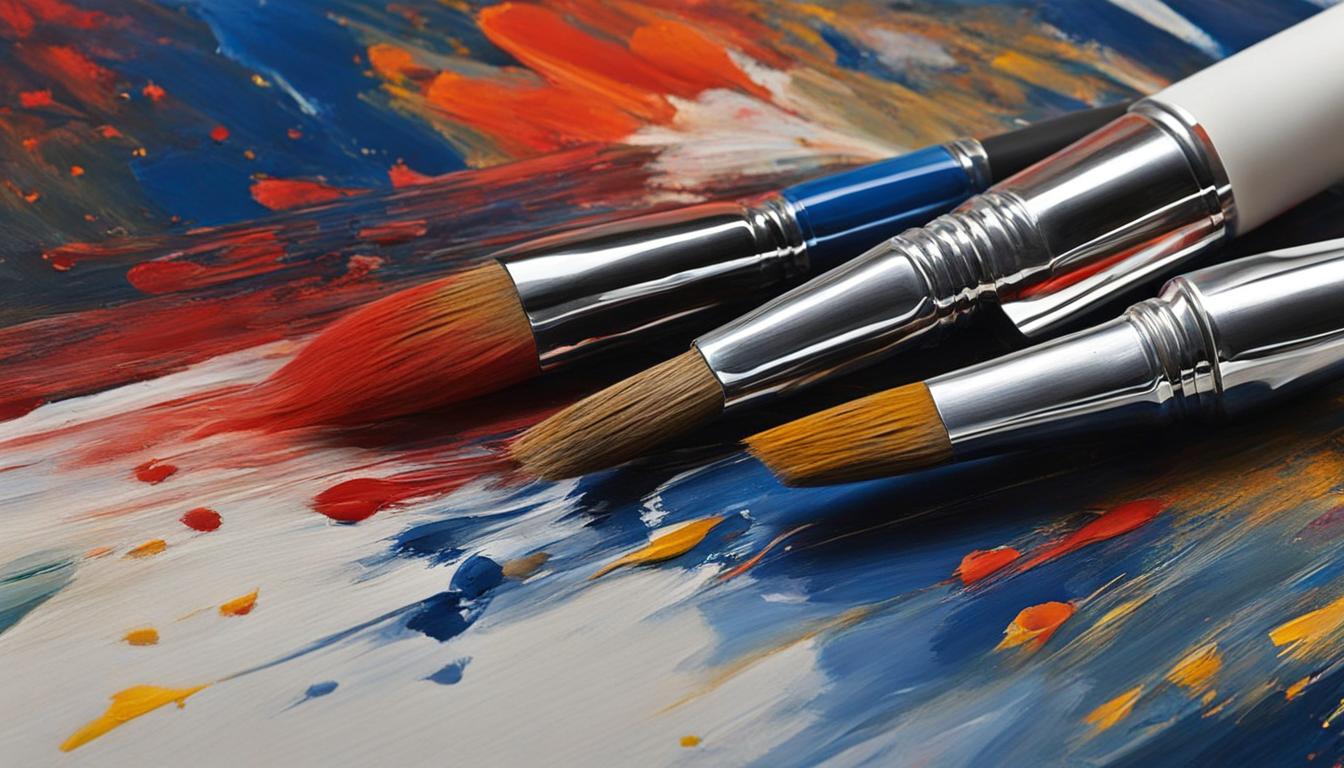

Repairability of Laminate Finish
If you opt for laminate finish, you’ll be pleased to know that it is a repairable surface. Although repairs may depend on the extent of the damage, minor scratches or chips can generally be filled or patched. However, larger damages may require replacing the entire laminate sheet.
It is vital to follow the manufacturer’s guidelines to ensure that repairs are done correctly. Seek professional assistance for complex repairs to avoid causing further damage to the surface. To extend the lifespan of your laminate finish surface, regular maintenance should be carried out.
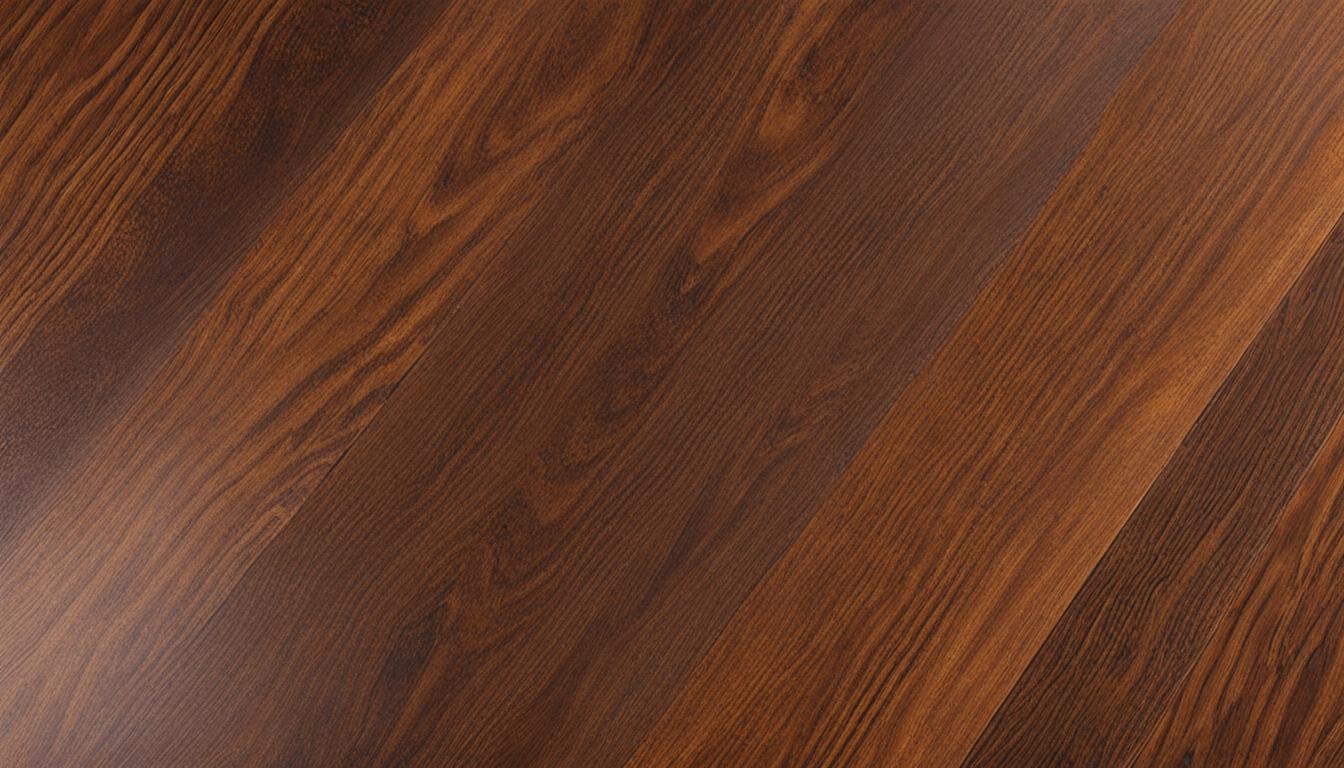

When to seek professional assistance for repairs:
- For laminate sheets that have split or delaminated
- If the edge treatment on your laminate is coming apart
- If there are excessive scratches on the surface
“Proper repair and maintenance will prolong the lifespan of your laminate finish surface.”
Varieties and Colors
Choosing the right finish for your Indian interiors includes considerations of versatility in color and design. Acrylic finishes offer a variety of colors, available for customization to match exacting color requirements. With this type of finish, the color is consistent throughout the material, providing the potential for seamless integration with a room’s overall decor. Check out this sample image of an acrylic finish:
Laminate finishes offer a broad selection of pre-designed patterns and colors, enhancing a broad range of design options and creative possibilities for your space. With a laminate finish, patterns can be used to give surfaces the look of different materials, including wood, metal, or stone, to fit the desired aesthetic. Table 1 shows several examples of acrylic and laminate color options:
| Acrylic Finish Colors | Laminate Finish Colors |
|---|---|
| Gray | Dark Wood Grain |
| Clear | Red |
| Black | White Marble |
| White | Light Wood Grain |
Table 1: Examples of acrylic and laminate finish colors


Regardless of your preference, both acrylic and laminate finishes offer a broad range of options to suit any taste and conception. Your imagination is the only limit.
Maintenance of Acrylic Finish
Acrylic finishes can add a high-gloss and sophisticated touch to your Indian interiors. However, maintaining their glossy appearance requires regular cleaning and care. To keep your acrylic finish looking its best, follow these maintenance tips:
- Use a mild soap and water or a specialized acrylic cleaner to clean the surface.
- Avoid using abrasive cleaning agents or rough sponges that may scratch the surface.
- Regular dusting and wiping with a soft cloth can help maintain the shine of your acrylic finish.
Remember that prevention is always better than cure. Protect your acrylic finish from scratches by placing protective mats or coasters under heavy objects.
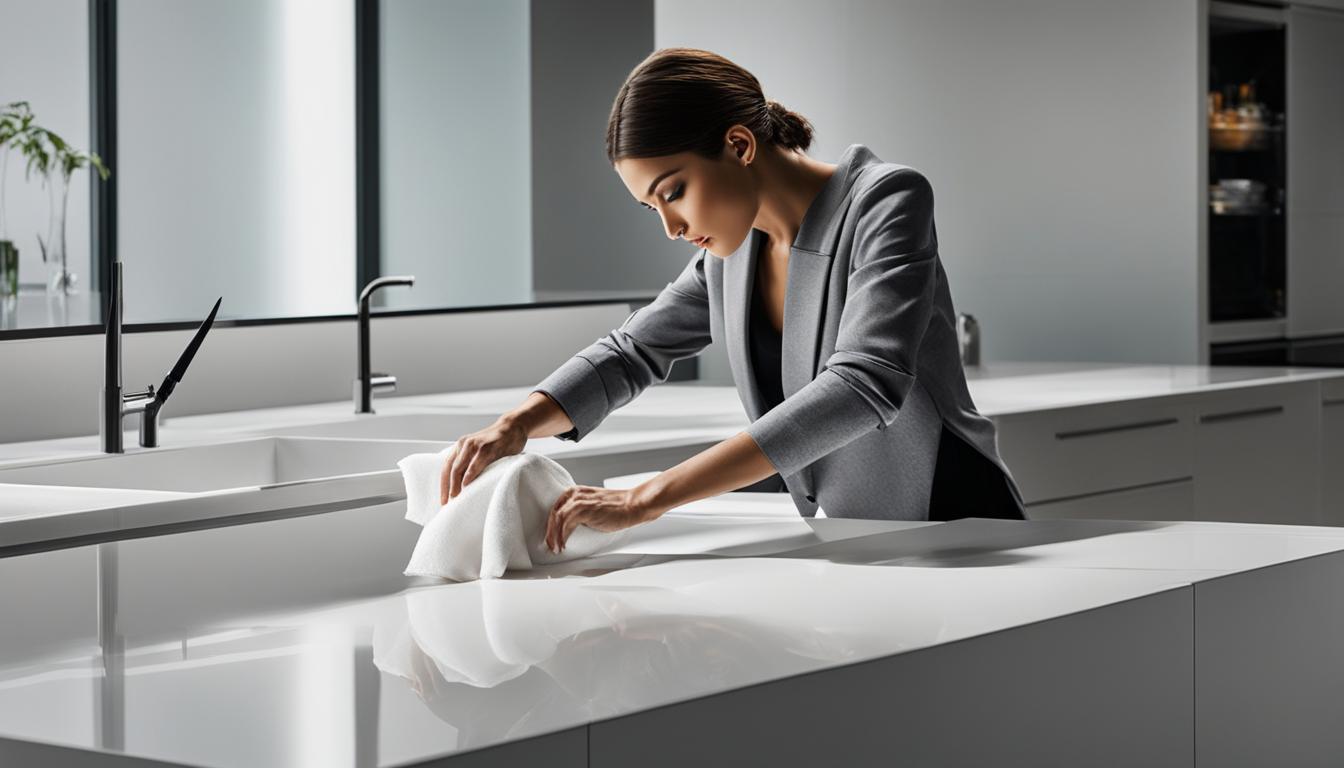

Tip: For tough stains or scratches, it is best to seek professional assistance.
Maintenance of Laminate Finish
A laminate finish is relatively low maintenance, making it ideal for Indian interiors. With regular cleaning, you can keep it looking clean and fresh. All you need is mild soap and water to wipe the surface and remove any spills or stains. However, it is important to wipe up spills promptly to prevent staining.
Avoid using harsh chemicals or abrasive cleaners that can damage the laminate surface. Instead, opt for gentle cleaning solutions to ensure longevity. Routine dusting and general care can help prolong the lifespan of laminate finishes. A minimal and straightforward approach to cleaning should suffice for long-lasting results.
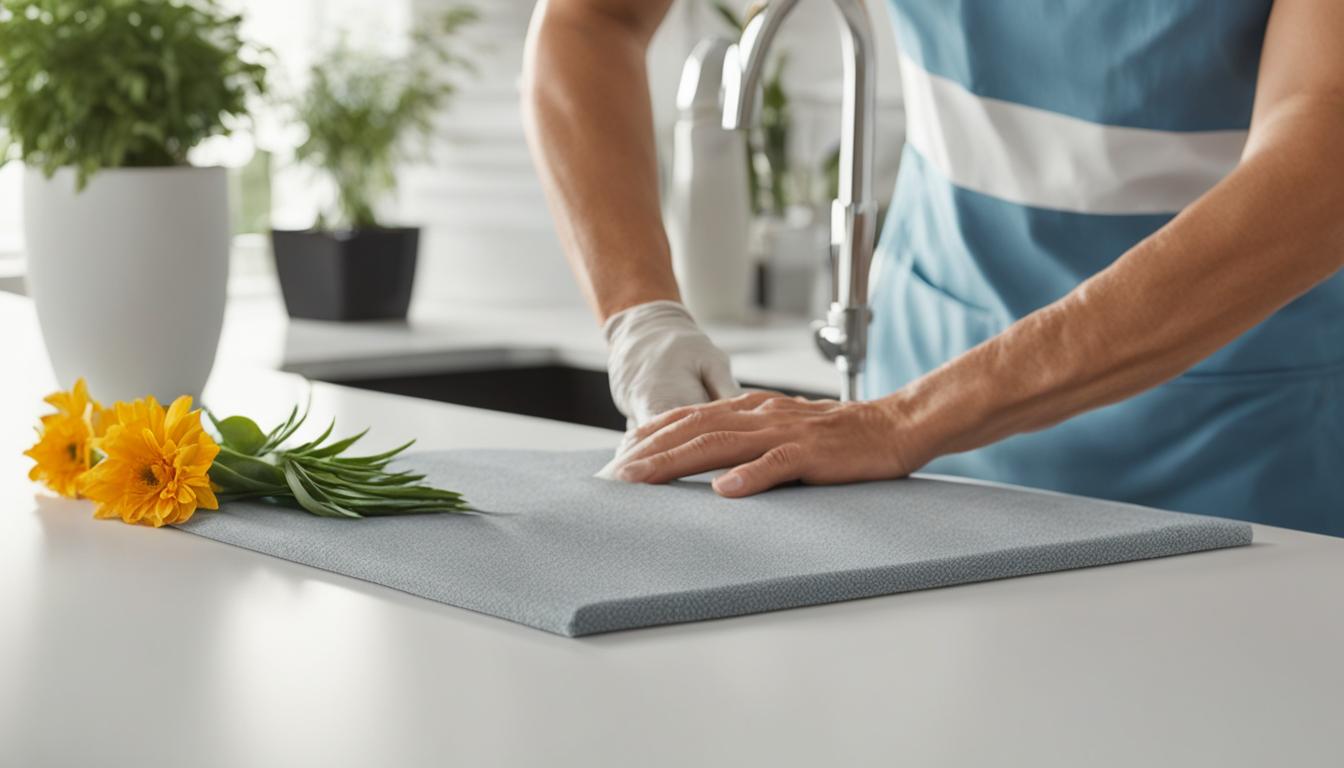

Pros and Cons of Laminate Finish Maintenance
| Pros | Cons |
|---|---|
| Low maintenance | Not scratch resistant like acrylic finish |
| Requires only mild soap and water for cleaning | May stain if spills are not cleaned promptly |
| Avoids harsh chemicals that can damage the surface | May need to replace the entire sheet for large damages |
Overall, laminate finishes are an excellent choice due to their low maintenance demands, requiring only minimal effort to keep clean and fresh. However, they may not be as scratch-resistant as acrylic finishes and may require more significant repairs due to large damages. Keeping the surface clean and taking preventive measures can help to ensure that the laminate finish remains functional and visually appealing for years to come.
Cost Considerations
When it comes to choosing between acrylic finish and laminate finish, cost is an important factor to consider. Generally, laminate finishes are more affordable compared to acrylic finishes. This is because of the materials used and the manufacturing process involved in each type of finish. However, it is important to keep in mind the long-term durability and maintenance requirements when evaluating the cost-effectiveness of each finish for your specific project.
For a better understanding of the cost differences between acrylic and laminate finishes, refer to the table below:
| Finish Type | Average Cost per Square Foot (excluding installation) |
|---|---|
| Acrylic finish | Rs.1500 to 3000/- Sqft |
| Laminate finish | Rs.1000 to 1500/- Sqft |
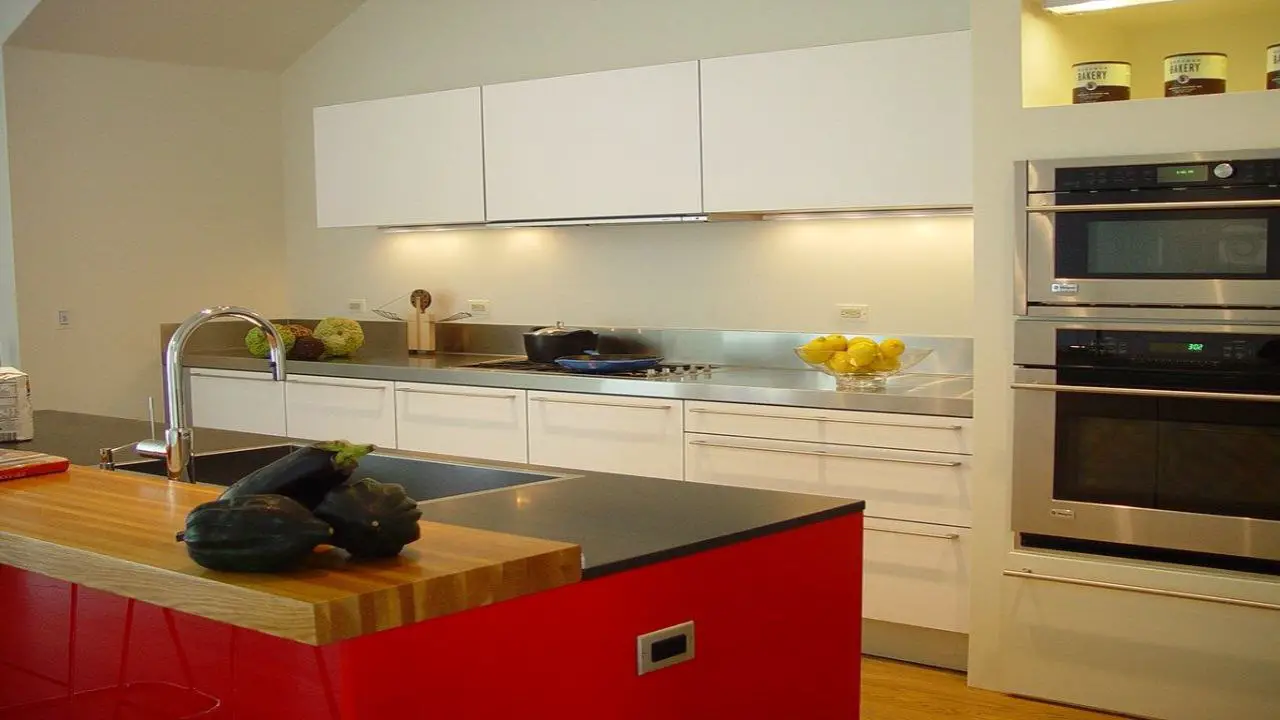

Note: The above prices are just an estimate and may vary depending on several factors such as brand, quality, and location.
Although acrylic finishes are more expensive than laminate finishes, they offer better durability, repairability, and moisture resistance in the long run, making them a good investment for high-traffic areas and spaces prone to frequent use. However, if budget is a concern and the design scheme allows, laminate finishes offer a good balance between cost-effectiveness, durability, and design options.
Choosing the Best Finish for Your Indian Interiors
Deciding on the perfect finish for your Indian interiors is an essential step in achieving a stunning and functional space. Acrylic finish and laminate finish are two of the most popular options available in the market today. Your choice between the two would ultimately depend on certain requirements and preferences you may have.
If you prefer a high gloss and glass-like appearance, with excellent scratch and moisture resistance, then an acrylic finish would be the best choice. On the other hand, if you want a wide range of colors and patterns at a more affordable price point, then a laminate finish would be more appropriate for your budget-conscious projects.
Consider your priorities in looks, durability, maintenance requirements, and budget to make the best decision. Both acrylic finish and laminate finish have their own merits, and weighing the pros and cons would give you better insights into which option best suits your specific needs.
Note: The table below provides a quick comparison between acrylic finish and laminate finish:
| Factors to Consider | Acrylic Finish | Laminate Finish |
|---|---|---|
| Looks and Aesthetics | High gloss, glass-like appearance | Wide range of colors and patterns, mimics various materials |
| Durability | Scratch-resistant, moisture-resistant | Can withstand wear and tear, moisture-resistant |
| Repairability | Can be easily repaired by sanding and polishing | Filled or patched, larger damages may require replacing the sheet |
| Maintenance | Regular cleaning and maintenance required | Relatively low maintenance, regular cleaning with mild soap and water |
| Cost | Relatively expensive | More affordable compared to an acrylic finish |
Conclusion
When it comes to choosing between acrylic finish and laminate finish for your Indian interiors, it ultimately depends on your priorities and budget. Acrylic finishes offer a high-gloss, glass-like appearance with excellent scratch and moisture resistance, making them ideal for high-traffic areas and spaces prone to frequent use. On the other hand, laminate finishes offer extensive design options, good durability, and cost-effectiveness, making them a suitable choice for budget-conscious projects.
Consider your priorities in looks, durability, maintenance requirements, and budget to make the best choice for your specific project. Both acrylic finish and laminate finish have their own merits when it comes to Indian interiors. While acrylic finishes may come at a higher cost, their repairability and long-term durability make them worth the investment. Laminate finishes offer a wide variety of colors and patterns at a more affordable price point, making them a suitable option for those on a budget.
In summary, both finishes have their advantages and disadvantages, and the final decision should be based on your specific requirements. We hope this article has helped you gain a better understanding of the features and benefits of acrylic finish and laminate finish for Indian interiors.
Thanks For the Great Attention!
Also, Read,
Wall Mounted vs Floor Mounted Toilets
Flush Door vs Wooden Panel Door
UPVC vs Aluminium vs Wooden Windows
Gypsum Plaster vs Cement Plaster
FAQ
Is acrylic finish or laminate finish better for Indian interiors?
The choice between acrylic finish and laminate finish depends on your specific requirements and preferences. Both finishes have their own merits in terms of looks, durability, and cost. Consider factors such as the desired aesthetic, durability needs, maintenance requirements, and budget to determine the best choice for your project.
What is acrylic finish?
Acrylic finish is a type of surface treatment that provides a smooth and glossy appearance to various surfaces. It is commonly used on furniture, cabinets, and countertops. Acrylic finishes are known for their high clarity and ability to mimic glass-like characteristics, enhancing the overall aesthetic appeal of the space.
What is a laminate finish?
Laminate finish involves layering thin sheets of decorative material onto a substrate. These decorative layers can mimic the appearance of various materials such as wood, stone, or metal. Laminate finishes are available in a wide range of colors and patterns, offering versatility in design options for Indian interiors.
Which finish is more durable, acrylic finish, or laminate finish?
Both acrylic finish and laminate finish offer good durability. Acrylic finishes are highly scratch-resistant and moisture-resistant, making them suitable for high-traffic areas and environments prone to frequent use. Laminate finishes are also durable and moisture-resistant, although proper sealing of edges and joints is important to prevent water damage.
Can acrylic finishes be repaired?
Yes, acrylic finishes are repairable. In the event of scratches or damages, acrylic finishes can be easily repaired by sanding and polishing the affected area. This makes acrylic finishes a practical choice for long-term use, as they can be restored to their original condition without much hassle.
Can laminate finishes be repaired?
Yes, laminate finishes are also repairable. Minor scratches or chips in laminate finishes can be filled or patched. However, larger damages may require replacing the entire laminate sheet. It is important to follow manufacturer guidelines and seek professional assistance for complex repairs.
What varieties and colors are available for acrylic finishes and laminate finishes?
Acrylic finishes offer a range of versatility in terms of color choices. They can be custom-made to match specific color requirements, providing a seamless integration with the overall design scheme. Laminate finishes, on the other hand, offer a wide array of pre-designed patterns and colors, offering numerous options for customization.
How should acrylic finishes be maintained?
Acrylic finishes require regular cleaning and maintenance to preserve their glossy appearance. They can be cleaned using mild soap and water, or specialized acrylic cleaners. Avoid using abrasive cleaning agents or rough sponges that may scratch the surface. Regular dusting and wiping can help maintain the shine of acrylic finishes.
How should laminate finishes be maintained?
Laminate finishes are relatively low maintenance. Regular cleaning with mild soap and water is usually sufficient to keep them looking clean and fresh. Wiping up spills promptly is important to prevent staining. Avoid using harsh chemicals or abrasive cleaners that can damage the laminate surface. Routine dusting and general care can help prolong the lifespan of laminate finishes.
What are the cost considerations for acrylic finishes and laminate finishes?
Laminate finishes are generally more affordable compared to acrylic finishes. The manufacturing process and materials used contribute to the price difference. However, it is important to consider the long-term durability and maintenance requirements when evaluating the overall cost-effectiveness of each finish for your specific project.

